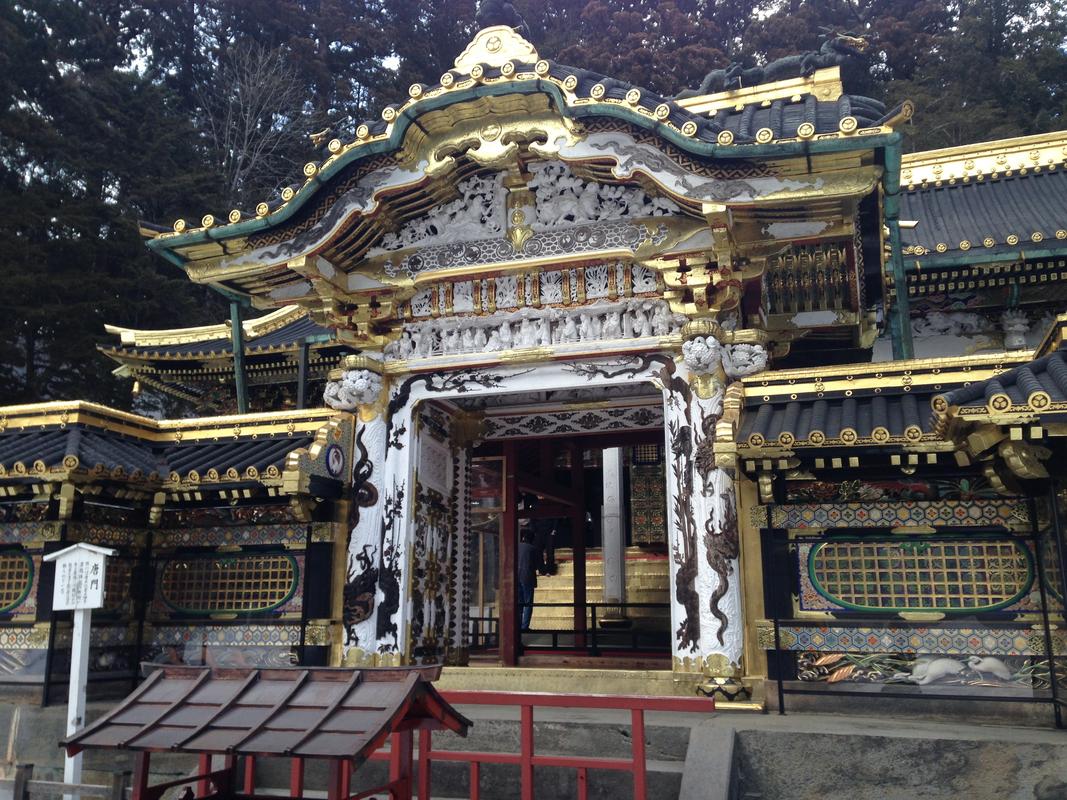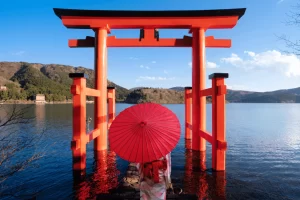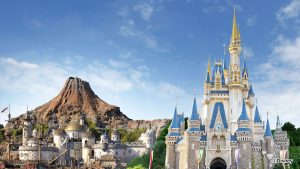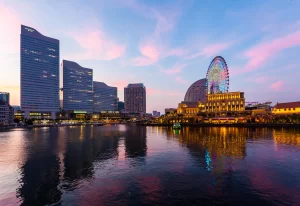Have you ever wondered how to escape the hustle and bustle of Tokyo and immerse yourself in a serene, picturesque town? The town of Nikko, just a few hours away from Tokyo, boasts calm temples, verdant forests, and breathtaking views that will let your journey seem like it has gone back in time. Nikko guarantees a range of experiences regardless of your interests—nature, history, or just peace.
Nikko is particularly well-known for its UNESCO World Heritage Sites; Toshogu Shrine is the highlight. Renowned for its complex carvings and extravagant embellishments, the shrine is dedicated to Tokugawa Ieyasu, the founder of the Tokugawa shogunate. Still, Nikko’s enchantment resides not only in the temples. Perfect for those who value both history and environment, the town is surrounded by verdant forests, calm lakes, and magnificent waterfalls like Kegon Falls.
Nikko is also particularly important in Japanese society as a holy mountain town, long regarded for its spiritual value by the Japanese. There is always something for everyone to appreciate whether you are basking in the views from Lake Chuzenji or marveling at the autumn foliage that paints the area in shades of crimson and gold.
Still, the main issue is—how would one get from Tokyo to Nikko? Tokyo is within reach of this modest hamlet, but understanding the right paths will greatly affect your experience. Whether you are a first-time visitor or a seasoned traveler, this guide will walk you through the best transit choices from Tokyo to Nikko so you may easily and without incident reach your destination.
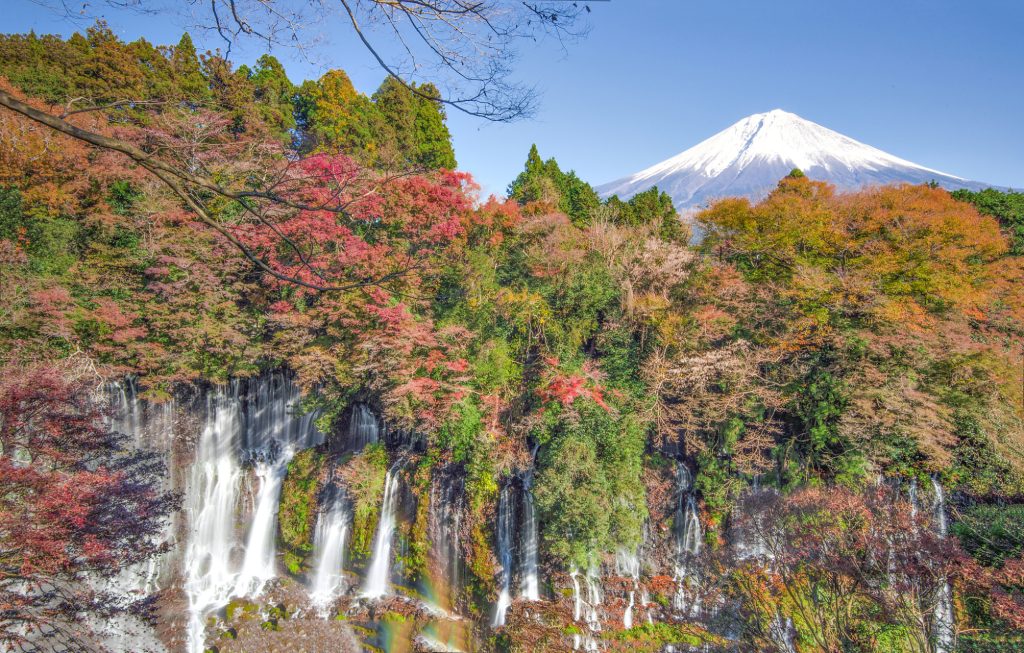
2. Summary of Tokyo to Nikko Transportation Choices
How might one get from Tokyo to Nikko? You will be happy to know that there are various ways to get from the energetic center of Tokyo to the peaceful and picturesque village of Nikko. There is a way that fits every type of visitor, whether your priorities are the fastest path, the most picturesque, or the most reasonably priced.
Nikko is around 140 kilometers (87 miles) north of Tokyo; although it’s not precisely right around the corner, public transit makes it somewhat easy. Depending on your chosen technique, the trip time runs from a little more than an hour to several hours. These are the main paths, each providing a unique experience:
- Train: From Tokyo to Nikko, this is by far the most often used and quick approach of transportation. With rather short travel durations, the JR trains and the Tobu Railway provide straight paths to Nikko.
- Bus: The fast bus from Tokyo to Nikko is a reasonably affordable and pleasant choice if your budget is tighter and you would be willing to spend a little more time travelling.
- Renting a car for the trip from Tokyo to Nikko is a fantastic choice for people looking for flexibility or group travel. It lets you enjoy some breathtaking vistas along the road and tour more of the countryside.
- Guided trips from Tokyo to Nikko are easily accessible and mix convenience with knowledge from local experts.
We shall explore each of these choices in more detail in the sections that follow, weighing the advantages and disadvantages to help you choose what best fits your travel approach. Let us first, however, consider the ideal time to visit Nikko.
3. Ideal Visit Nikko Time
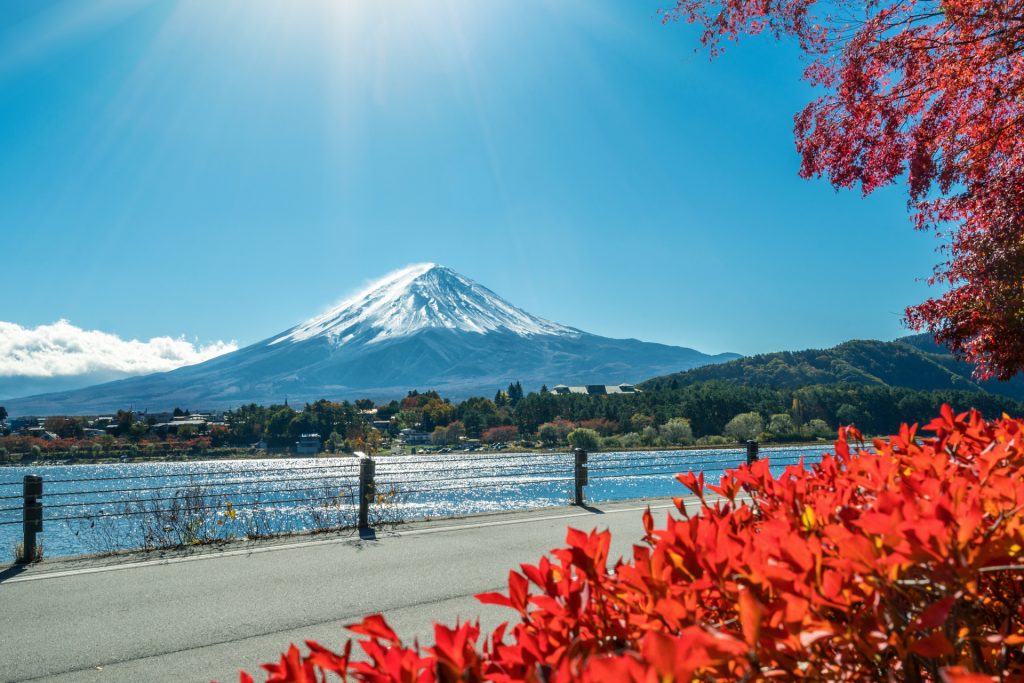
When should one leave Tokyo to reach Nikko? Though your tastes will determine the response, let’s dissect it nevertheless. From spring to winter, Nikko has much to offer in every season; the weather greatly affects your experience of the surroundings. The four different seasons of Nikko are shown here to assist in your decision on the ideal visiting date:
Spring, March to May
Spring is the ideal season to see Nikko. March and April see cherry blossoms; when the trees are in full bloom, the surroundings of Toshogu Shrine are especially breathtaking. Should you be traveling from Tokyo to Nikko in spring, you will be able to witness the riot of color that distinguishes Japan’s renowned sakura season. For those who enjoy the natural world and photography, this is also when you will find the Lake Chuzenji surrounded by new vegetation.
Spring, particularly during the Golden Week in late April and early May when the throngs grow, may be a hectic season though. Plan your trip mid-to late April, just before the Golden Week frenzy, if you would want to avoid the throngs and enjoy more peace.
Summer, spanning June through August
With temperatures averaging between 20 and 25°C (68–77°F), summer in Nikko is rich and verdant. This makes it the ideal haven from Tokyo’s metropolitan heat. If you are from Tokyo to Nikko in the summer, you can enjoy trekking or waterfall exploration including Kegon Falls, which is especially breathtaking when the surrounding forest is in full flower.
Though summer is a fantastic time to visit for those who enjoy the outdoors, be advised that June—the start of the rainy season in Japan—may also be wet. Although July and August are often more pleasant, keep in mind that they are also peak travel months and thus will draw more people.
Autumn, or September through November
Nikko’s autumn is very remarkable. The region turns into a kaleidoscope of hues as the maple trees and other foliage go from green to vivid tones of red, yellow, and orange. This is maybe the greatest time to visit if you are heading from Tokyo to Nikko in fall. Views of the fall foliage are breathtaking in locations such Kegon Falls, the Tamagawa River, and the Toshogu Shrine.
In Nikko, autumn is also the busiest season, particularly in the late October to early November range; so, make sure your vacation is booked ahead of time to prevent packed attractions and long lines. Still, the show of fall leaves is quite worth it!
Winter, December to February
Nikko has quiet, calm, pleasant winters. Particularly around Lake Chuzenji and Kegon Falls, the snow-covered mountains and cold air produce an amazing scene. Nikko is a great option if you search for a winter paradise. Less visitors mean more personal and peaceful experience possibilities. Just keep in mind that tempers can drop greatly, hence dress warmly.
If you would want to see the lit shrines or engage in winter sports in the nearby mountains, winter is also a terrific season to visit. New Year’s is a big season for shrine visits; if you’re in Nikko at this period, you can personally observe the local customs and ceremonies.
Travel tip:
Check the weather forecast and pack appropriately while you are organizing your travel from Tokyo to Nikko. Nikko’s weather can be very different from Tokyo, particularly in winter and early spring, hence preparation is rather important.
Train Route from Tokyo to Nikko
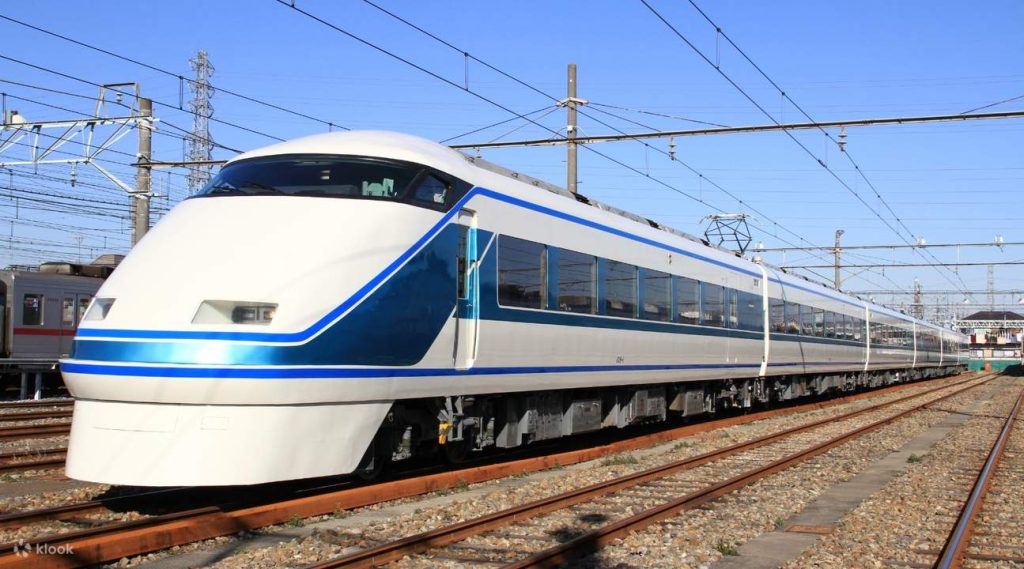
From Tokyo to Nikko, what is the fastest and most handy approach? Regarding Tokyo to Nikko travel, the train is the most often used option. Convenience, dependability, and speed of Japan’s rail system are well-known. Apart from a hassle-free experience, riding the train from Tokyo to Nikko provides a picturesque trip that lets you savor views of the countryside as you get to the lovely Nikko area. How therefore precisely do you get from Tokyo to Nikko via train?
Main choices are the JR (Japan Rail) lines and the Tobu Railway. Although both have direct paths, each has special qualities that make them perfect for different kinds of travel.
Convenient and Scenic Route: Tobu Railway
Traveling from Tokyo to Nikko is simplest and most affordable using the Tobu Railway. Starting from Asakusa Station in Tokyo, the two-hour trip runs to Tobu-Nikko Station, the main train station in Nikko. Since this is direct and reasonably priced, it is the most often chosen choice among visitors.
- Travel Time: About two hours
- Ticket Price: On the standard Tobu Limited Express, one-way travel runs about ¥1,350. Should you choose a more opulent train, such as the Tobu SPACIA, the ticket will be somewhat extra—between ¥2,000–¥2,500.
- Particularly in the spring and autumn when the terrain is rich in lush vegetation and vivid colors, you will appreciate beautiful vistas of the Japanese countryside and the Kinugawa River along the journey.
Choose the Tobu SPACIA Limited Express to upgrade your travel for a unique touch; it provides free Wi-Fi, soft seating, and bigger windows for improved views. Furthermore, the train offers excellent on-board service, which justifies the additional expense should you choose to travel comfortably.
JR Lines: A Dependable and Flexible Choice
Additionally providing a connection from Tokyo’s Ueno Station to Nikko Station is the JR Tohoku Line. Still, this path is less direct and a little bit longer than the Tobu Railway. From Tokyo to Nikko, the JR Nikko Line takes around two hours and twenty minutes. This can be a great choice for JR pass members since you can use your JR Pass on this path, therefore cutting travel expenses.
- Travel Time: Two hours and twenty minutes
- Ticket Price: Although one-way ticket is roughly ¥2,000, if you have a JR Rail Pass, this route is included free of further fees.
- Usually less packed than the Tobu trains, the JR trains could be the best choice if you want a more subdued, peaceful experience. If you’re heading during popular times like Golden Week or New Year’s, when the Tobu trains sometimes fill up fast, it’s also a fantastic choice.
Advice: Pro Tip
Should your timetable be flexible or if you intend to use the JR Rail Pass, the JR route could be more appropriate. Still, the Tobu Railway is faster and less expensive for most visitors.
5. How Might One Go from Tokyo to Nikko by Bus?
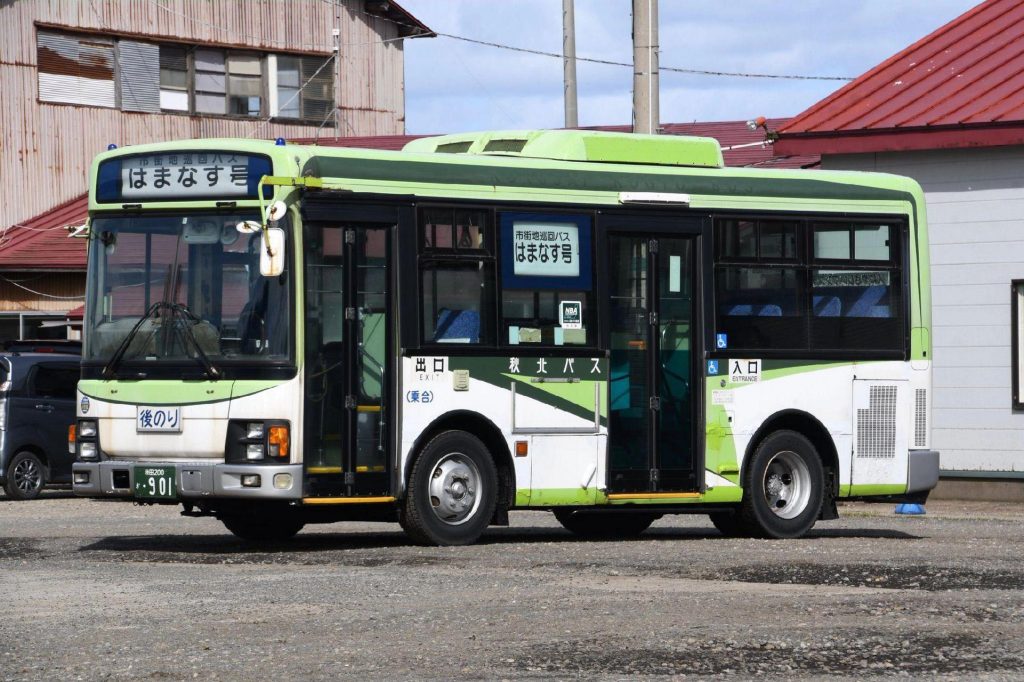
Is using the bus a decent substitute for riding a train? Although the train is normally the easiest way to get from Tokyo to Nikko, if you want a more laid-back, picturesque path or if you want to save some money, you could find the express bus to be a good alternative. Direct from Tokyo Station and Shinjuku Station, the express bus between Tokyo and Nikko travels comfortably with breathtaking views of the surrounding mountains and woods.
Though it takes a bit more than the train, the bus is a fantastic way to view the countryside and is typically more reasonably priced.
Bus Travel: How to Approach It
From Tokyo to Nikko, a few separate firms provide bus services. Running the Nikko Direct Express, JR Bus Kanto is among the most well-known suppliers.
- Travel Time: Two hours and thirty minutes to three hours based on traffic and your departure place.
- Ticket Price: Usually, the ticket cost is from ¥2,000 to ¥2,500 one way.
- With air conditioning and lots of luggage room, the buses are pleasant. Particularly as you go across the mountains heading up to Nikko, you will also be able to experience breathtaking scenery.
When Selecting the Bus?
- Should your budget be tight, the bus could be a more reasonably priced choice than the train.
- Should you be heading from Tokyo Station or Shinjuku, the bus is a handy option.
- Taking the bus can be a more relaxed approach to get from Tokyo to Nikko if you appreciate beautiful scenery and are not in a hurry.
Advice: Pro Tip
Try not to catch the bus at busy times, such Golden Week or New Year’s, since traffic might greatly lengthen the travel time. Moreover, less likely to be delayed by traffic are early morning buses.
6. How Might One Go from Tokyo to Nikko by Vehicle?
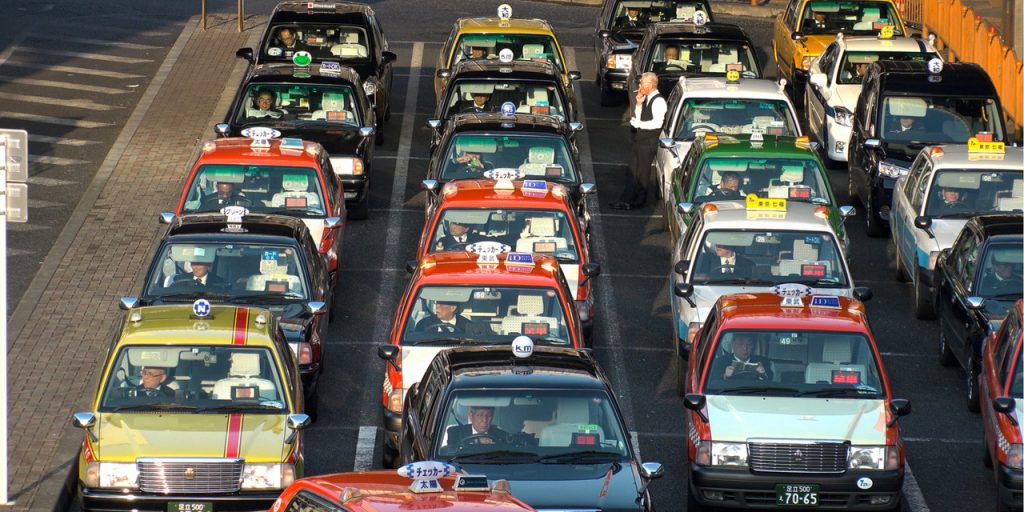
Is it wise for one to drive from Tokyo to Nikko? You are about to embark on an adventure if you intend to drive from Tokyo to Nikko. The journey provides unmatched freedom and a wonderful means of seeing the landscape at your own speed. Renting a car can be a great choice whether your trip involves friends, relatives, or just the freedom to explore as you drive. What then is the drive from Tokyo to Nikko like?
Tokyo to Nikko Driving Route
Usually taking two to two and a half hours, depending on traffic, the 140 kilometers (87 miles) travel from Tokyo to Nikko passes via the Tochigi Prefecture. Tomei Expressway and Kan-Etsu Expressway constitute the most often used paths. Particularly if you decide to go the Ibaraki or Tochigi Prefecture route, the drive is easy and picturesque.
- Travel Time: Two to two and a half hours.
- Depending on your starting place and path, toll rates should go from ¥1,500 to ¥2,000.
Features of Driving
- Freedom: You stop anytime you choose to see sites along the road or enjoy the scenery.
- Driving lets you investigate hidden treasures not readily reachable by public transportation. You may stop at Oze National Park or explore Shimo-Ochiai, a picturesque town along the road.
- Comfort: Having a car allows you the room to maneuver comfortably whether you are carrying big bags or several people with you.
When Selecting the Vehicle
- If you are traveling with friends or family, a car could be a more reasonably priced and cozy choice.
- Driving allows you the flexibility to stop at nearby attractions or picturesque locations if you like to venture off-the-beaten-path sites close to Nikko.
- If you want the freedom to explore Nikko and its surrounds and are staying in the area for a few days.
Advice: Pro Tip
Although driving from Tokyo to Nikko gives flexibility, be careful not to aggravate traffic congestion at peak. Plan your trip either early in the morning or later in the evening to prevent delays. Renting a car also calls for either a Japanese driver’s license or an International Driving Permit.
What Should One Do Upon Arriving in Nikko Regarding Top Attractions?
Once in Nikko, what should you do? Whether your mode of transportation was train, bus, or car, you are now in one of the most gorgeous and historically rich sites in Japan. Anyone visiting Nikko should not miss its breathtaking scenery, temples, and shrines; it is a must-see destination. If you’re wondering, “What next after the trip from Tokyo to Nikko?” here’s a quick list of the best sites that would make your vacation unforgettable.
Nikko Toshogu Shrine: Uncovering a UNESCO World Heritage Gem
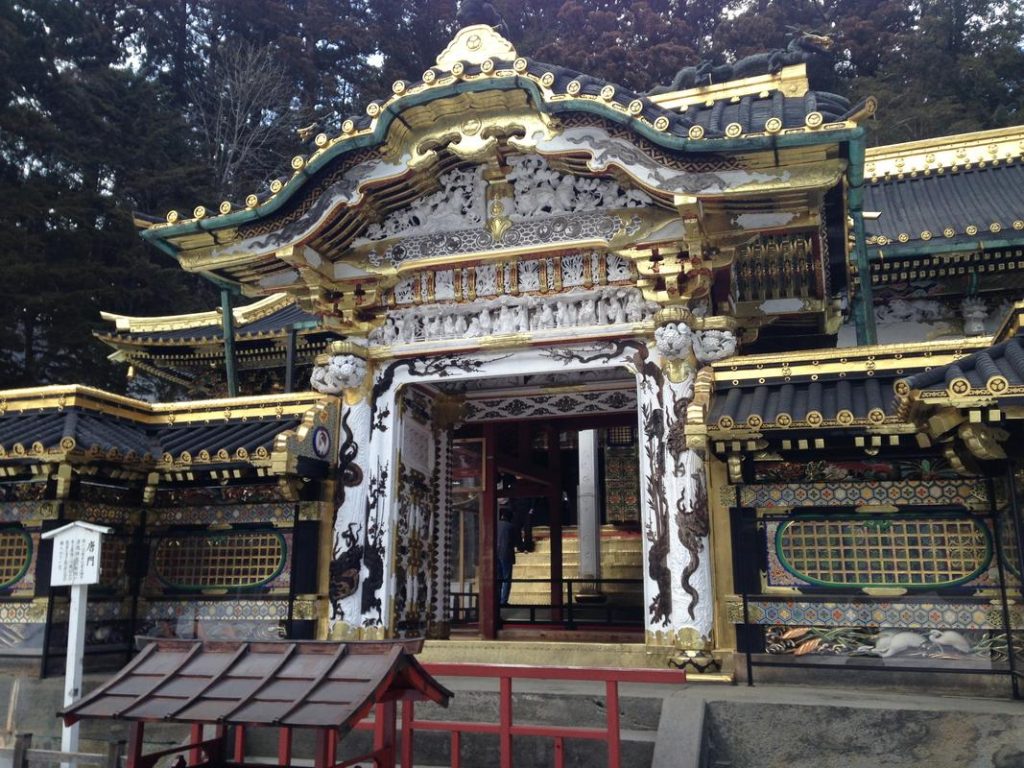
The world-known Nikko Toshogu Shrine is one of the first sites you ought to see after you get to Nikko. Toshogu Shrine is a great example of Japanese architecture and culture as Tokugawa Ieyasu, the founder of the Tokugawa Shogunate, rests here. One of the most visually beautiful temples in Japan, the shrine boasts exquisite carvings, gold leaf decoration, and deft carpentry.
- What’s to See? With its intricate carvings and vivid colors, the Yomeimon Gate in Toshogu is a masterpiece in and by itself. Don’t miss the well-known Five-story Pagoda and the Sleeping Cat carving, a peace and tranquility emblem.
- Pro Tip: Spend at least an hour really appreciating the beauty of this UNESCO World Heritage Site. The temple looks particularly lovely with the surrounding vegetation if you are visiting in autumn or spring.
Lake Chuzenji: A Visual Retreat
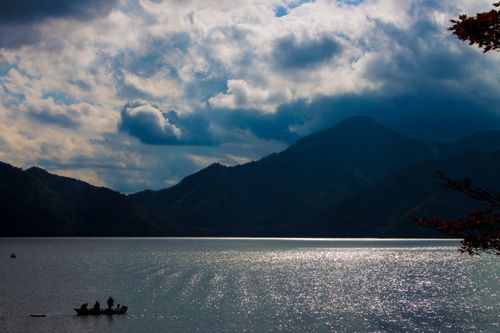
If you enjoy the natural surroundings, Lake Chuzenji is among the must-see locations following your Tokyo to Nikko journey. Lake Chuzenji, at the base of Mount Nantai, presents breathtaking vistas and a serene environment ideal for a leisurely retreat.
- What to Do? See the neighboring Kegon Falls, one of Japan’s highest waterfalls, or simply unwind and absorb the calm vistas after a slow boat trip around the lake. For trekkers, the Mt. Nantai path offers a moderate climb and amazing views of the lake below.
- Pro Tip: Nikko’s fast-changing weather, particularly around the lake, means that you should pack layers, especially if you are traveling in the spring or fall when temperatures could drop.
Rinnoji Temple: An Ancient Gem
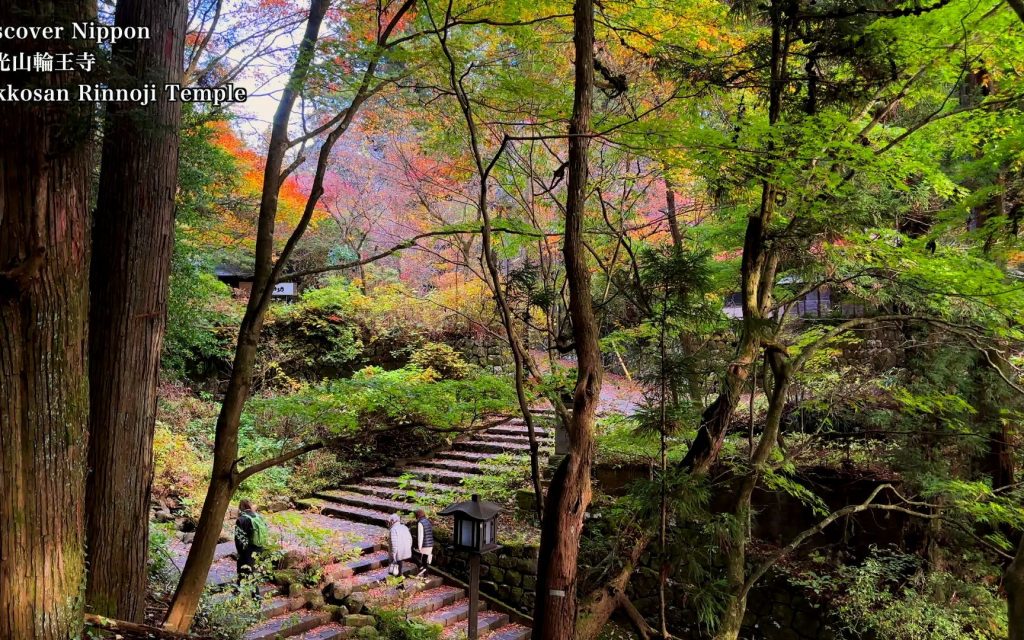
See Rinnoji Temple, another World Heritage Site under UNESCO. Standing in the Nikko area, this temple from the eighth century is significant. It is dedicated to the Three Buddhas and provides guests with a peaceful environment free from distractions for introspection.
- What Awaits You? Highlights are the Sanbutsudo Hall, with its striking gold sculptures, and the Shoyoen Garden, a lovely pond-surrounded garden.
- Pro Tip: This temple presents an interesting experience if you’re drawn to Japanese religion and culture. Spend some additional time to really enjoy the calm surroundings.
8. How to Get Around Nikko: Choosing Your Transportation
You arrived in Nikko—now, how do you get about? Though Nikko is quite small, there are several methods to go about and see its well-known attractions. Whether your visit is one day or longer, knowing your transportation choices will help you maximize your stay in this lovely city.
Public Buses: The Best Approach to Discover Nikko
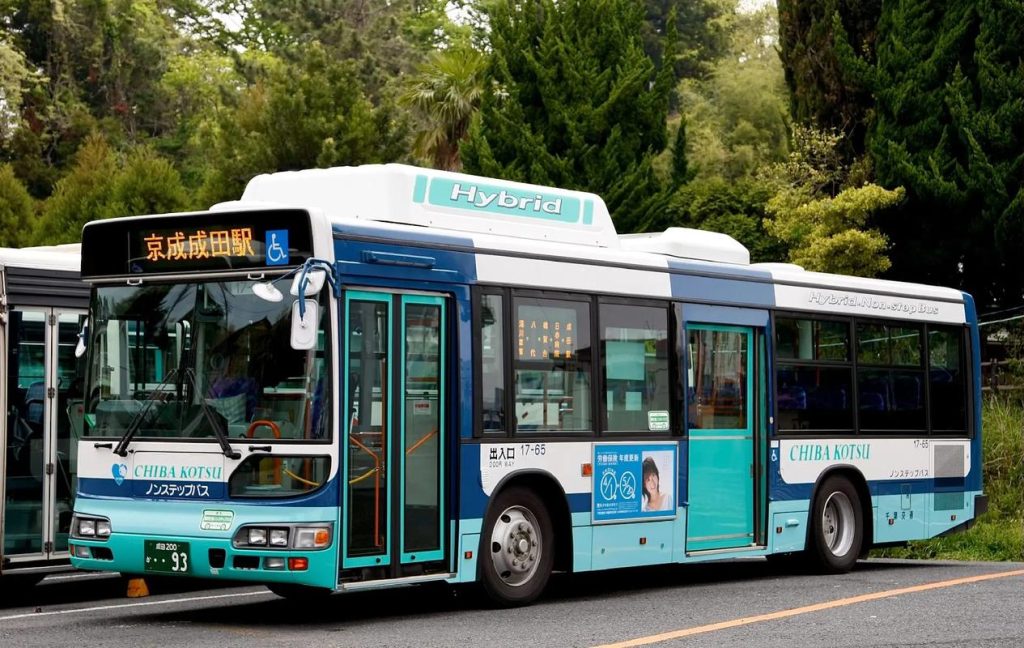
Using the local bus system is one of the most practical means of getting around Nikko. All of the main attractions—including the Toshogu Shrine, Lake Chuzenji, and Kegon Falls—are connected by the Nikko City Bus line. Particularly in the tourist season, the buses run quite regularly.
- Bus Utilization: The buses let you easily move around and accept IC cards as well as cash. For those who intend to see several sites, a Nikko All-Day Pass is a great choice for ¥1,000 since it provides unlimited bus rides for the day.
- Pro Tip: See bus timetables ahead of time; some routes may have limited service at off-peak times. Try to travel early, as buses can frequently get packed, particularly in the high fall season.
Walking: Discover Nikko at Your Own Pace
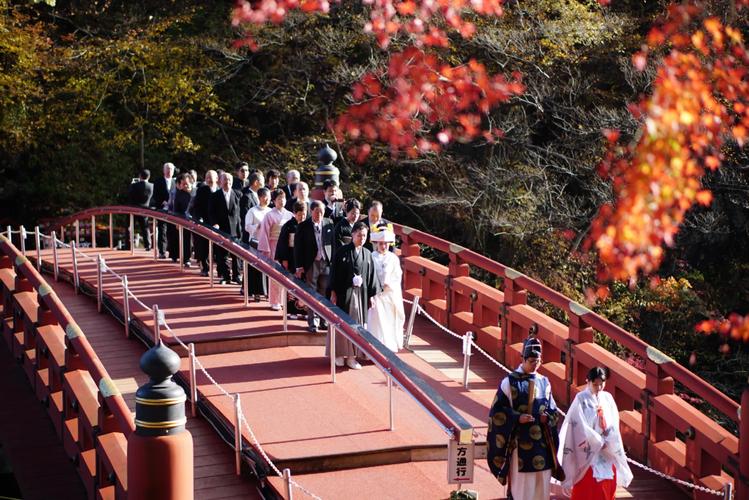
Walking is a great choice for getting around Nikko, particularly in regions like Toshogu Shrine and Rinnoji Temple, if you’re in the mood for a more laid-back experience. The small area is simple to tour without depending on public transit since many of the main attractions are within walking distance of one another.
- Footwear Tip: Nikko’s cobblestone streets can be uneven, so wear comfortable shoes. The paths in the Nikko National Park or Lake Chuzenji call for a decent pair of hiking shoes.
Taxis: When You Want Added Comfort
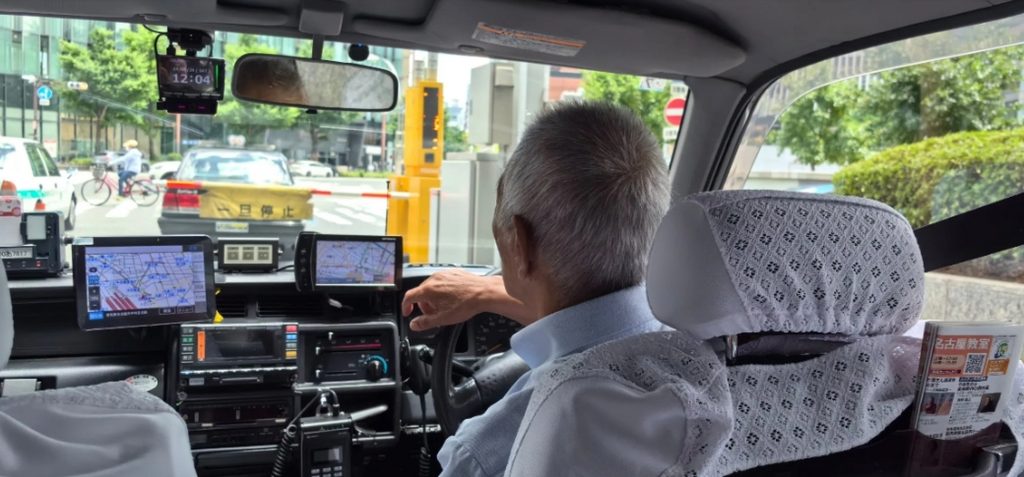
Although most visitors walk and use buses, occasionally you might want a faster, more comfortable way to get from one location to another. If your exploring wears you out, think about getting a taxi.
- What to Expect: Nikko has a lot of taxis, and for short trips, the costs are quite affordable. From Toshogu Shrine, a cab trip to Lake Chuzenji will run between ¥2,000–¥3,000.
- Pro Tip: To steer clear of surprises, always ask the taxi driver for a set price before getting in. If you are heading in a group or with bags, taxis can also be a decent choice.
Best Time to Visit Nikko: Trip Planning Guide
When should one visit Nikko? Nikko is beautiful in that it provides something unique for every season; yet, knowing the particular features of every season will enable you to plan the ideal trip from Tokyo to Nikko.
Spring (March–May): Cherry Blossoms
One of the most often visited times for Nikko is spring, particularly in April when the cherry blossoms are in full bloom. If you are traveling around this period, you should be in for breathtaking views of white and pink blossoms encircling the Nikko Toshogu Shrine and its environs.
- What to Expect: The mild temperature of the nice weather will let you enjoy sightseeing conditions ideal. Nikko National Park is most vivid in spring, and the city hosts various cherry blossom celebrations around this season.
- Pro Tip: Try to go early in the cherry blossom season to escape the crowds that usually gather for Golden Week.
Summer (June–August): Exploring Nikko’s Nature
Summer is the time to visit Nikko if you prefer outdoor pursuits, including trekking. Tokyo has warmer temperatures, but Nikko’s elevation offers a cool respite from the heat.
- What to Expect: For exploring the Nikko National Park, expect rich vegetation and ideal temperatures. In the warm weather, you could also visit Kegon Falls to enjoy its magnificence or arrange a boat trip of Lake Chuzenji.
- Pro Tip: Pack an umbrella or waterproof gear since June’s rainy season calls for it.
Autumn (September–November): Fall Foliage
Nikko finds autumn to be a magical season. The city’s temples, shrines, and lakes especially seem more lovely amid the vivid colors of the fall foliage. Usually, October and November bring the height of the autumn foliage.
- What to Expect: Cool, clear weather and breathtaking fall colors all around the parks and temples. Particularly beautiful are the surroundings of Toshogu Shrine and Lake Chuzenji.
- Pro Tip: Booking lodging and transportation well in advance is smart since autumn is a high travel time.
Winter (December–February): A Snowy Wonderland
Nikko’s winter offers a calm, quiet environment with the prospect of snow covering mountains and temples. This is a great time to visit if you appreciate scenes of winter.
Pro Tip: Winter is the least popular season, so this is the time to go if you would want a peaceful experience.
What to Expect: You will observe the temples and shrines covered in snow, fostering a calm and peaceful atmosphere. Snow might, however, make certain tourist destinations less easily accessible.
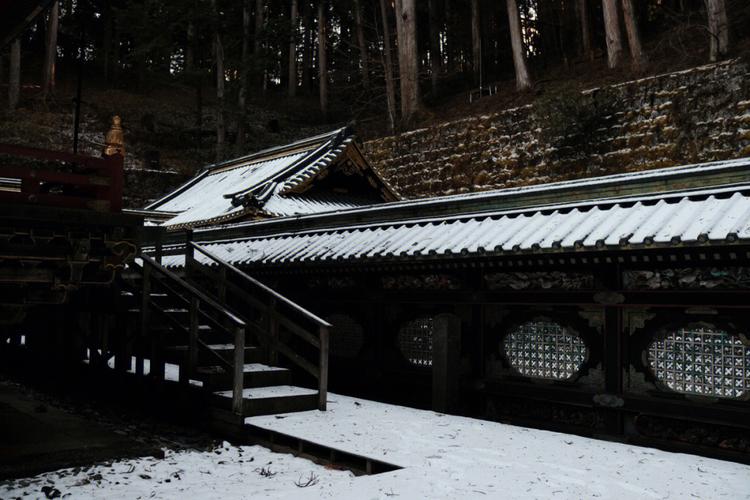
more information, pls visit our website
